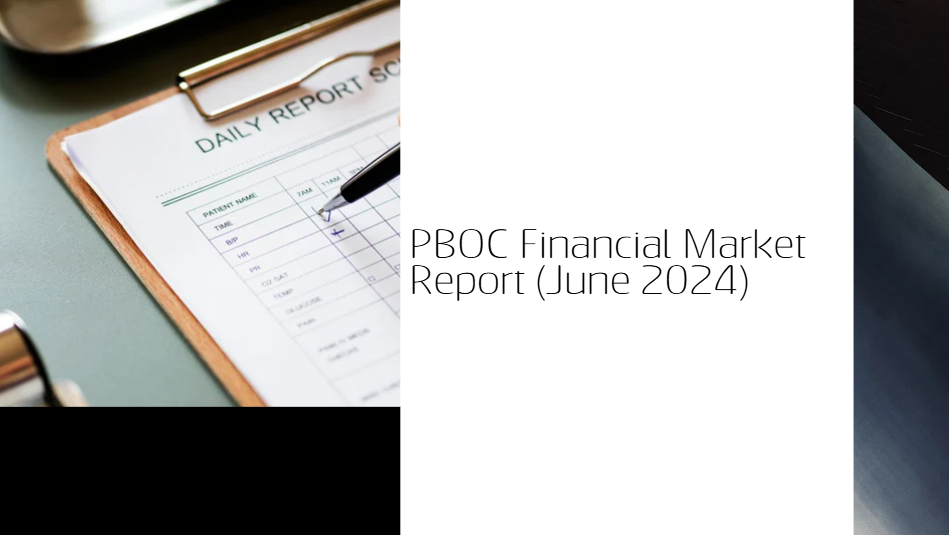The changing geography of global capital flows
These remarks are from the introduction to a panel on "Capital flows and financial stability: the rising influence of G20 emerging markets in the global financial cycle".
The geography of global capital flows has changed over the past decade or so. Let me go through some of these changes in more detail.
For a long time, emerging market economies (EMEs) appeared almost exclusively on the receiving end in the discussion of the global financial cycle. Global financial upswings could cause surges in capital flows to EMEs, and global financial downswings caused flow reversals. The thought that EMEs could shape the global financial cycle didn't cross many people's minds.
But this is changing. More and more observers recognise that EMEs have a growing footprint not only in economic activity and trade, but also in financial markets. EMEs – including those here in the Americas – hold a substantial share of US Treasuries and other advanced economy bonds. EMEs are also home to many multinational firms that operate globally. And, increasingly, some EMEs host financial institutions that are active across their respective region or even worldwide.
The second change is the result of the recent series of trade conflicts between key economies and a surge in geopolitical tensions. Together with several major structural trends, this has led to a realignment of trade and, to a lesser extent, investment flows.
Realignment is particularly visible on the trade side. Since 2018, when the United States first introduced tariffs on Chinese imports, China's share in US imports fell by a full 6 percentage points, to 14% by early 2024. Annual US imports from China were thus 20% lower in January 2024 than they would have been had China kept its share of US imports constant. Economies in Southeast Asia, particularly Vietnam, have seen import shares rise. Mexico and Canada – likely destinations for nearshoring – have benefited modestly, yet enough for Mexico to surpass China as the main source of US imports in late 2023. This contrasts with losses in the US import share from Peru, Colombia, Brazil and Argentina. This probably reflects limited integration into global value chains (GVCs) for these economies. Indeed, most Latin American countries – except Mexico – concentrate on upstream export products like fuels, metals and food. Less than one third of exports from Brazil, Argentina and Colombia are linked to GVCs, compared with 60% in Vietnam. Mexico is in the middle, with 46% of its exports linked to GVCs.
Capital flow data give a more mixed message on realignment than trade data. If trade patterns change in response to structural changes, capital tends to follow, although often with a lag. Chinese balance of payments data show a sharp drop in both foreign direct investment (FDI) and portfolio inflows in 2022 and 2023, which would be in line with various realignment stories. That said, source country data from the United States and the euro area – available until 2022 – do not show a large shift; their share in FDI flows to China is stable.
In contrast to changes in trade flows, lower FDI and portfolio investment flows to China were not offset by higher flows elsewhere. FDI in Latin America in 2022 and 2023 was roughly in line with the values recorded in previous years, whereas portfolio debt investment was considerably lower. But it is early days. Some of the previous shifts are bound to stay or even accelerate.
The geography of flows could thus shift further in the coming decade. For countries in Latin America, this offers the opportunity to attract further capital that could boost growth and their weight in the global financial system.





















































First, please LoginComment After ~